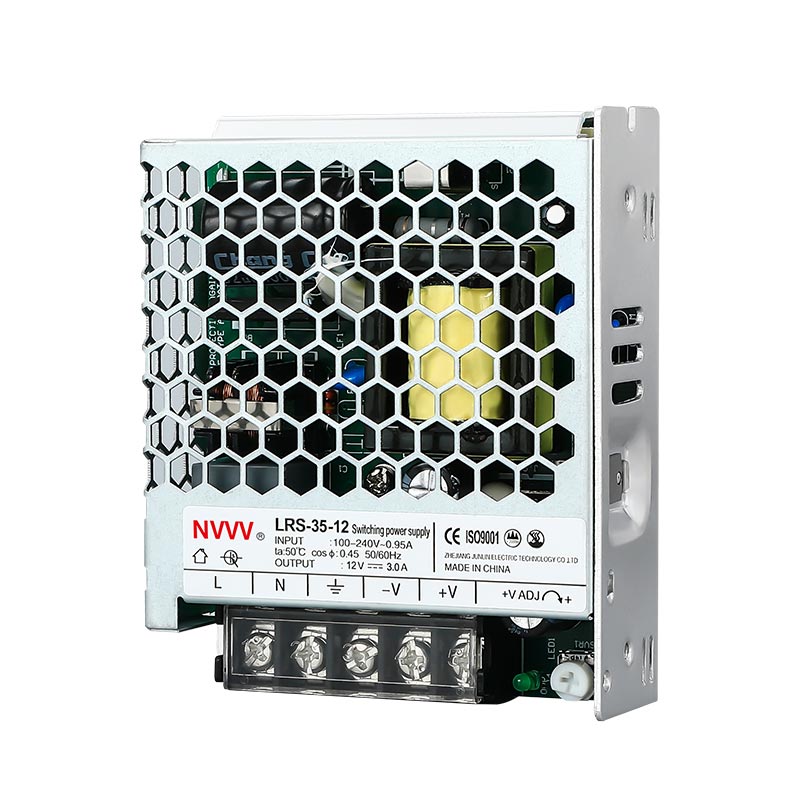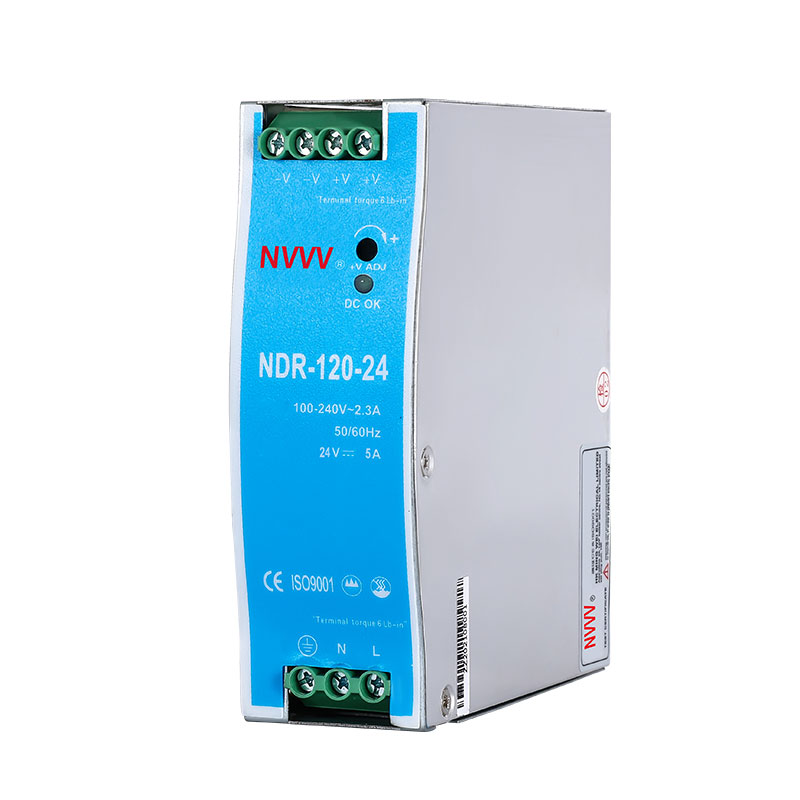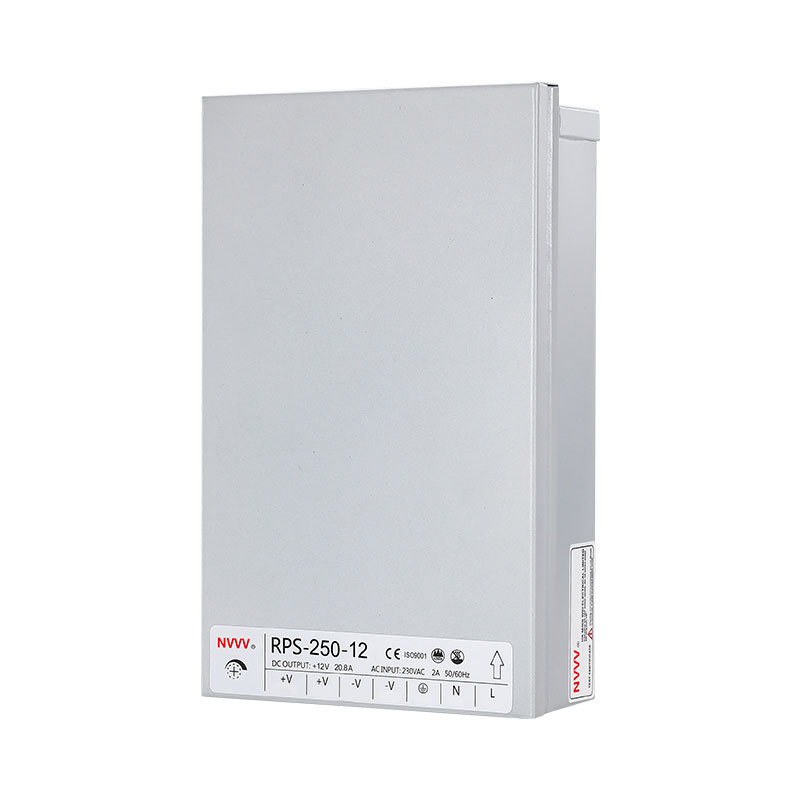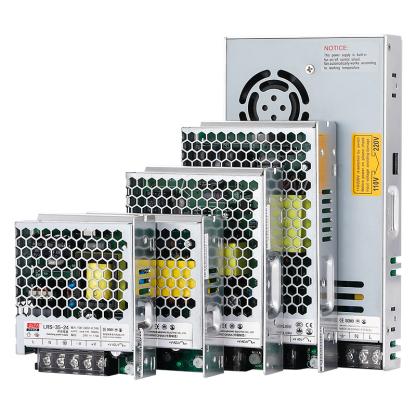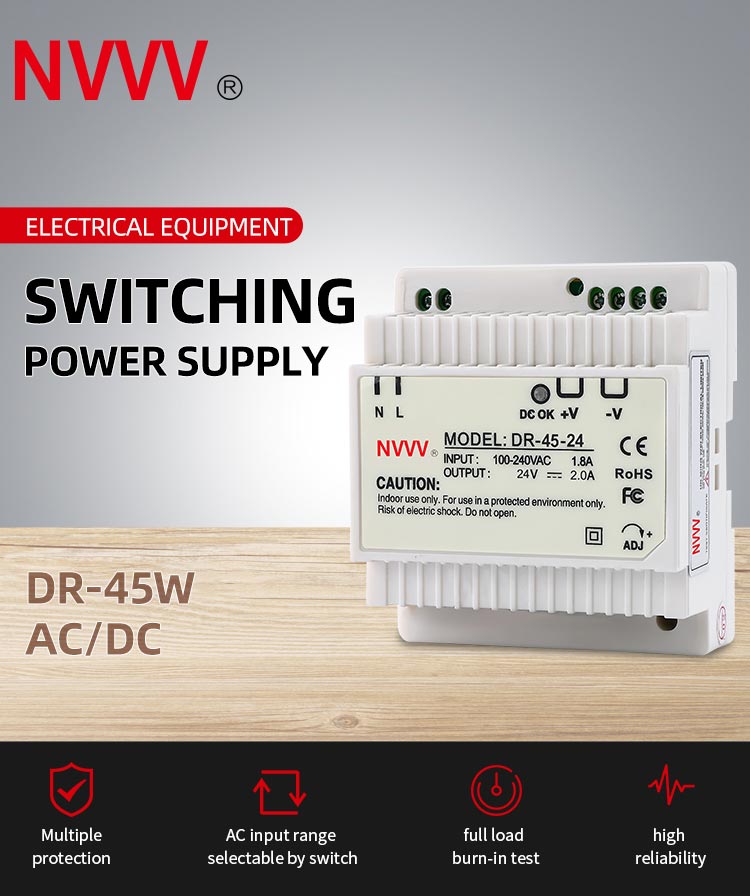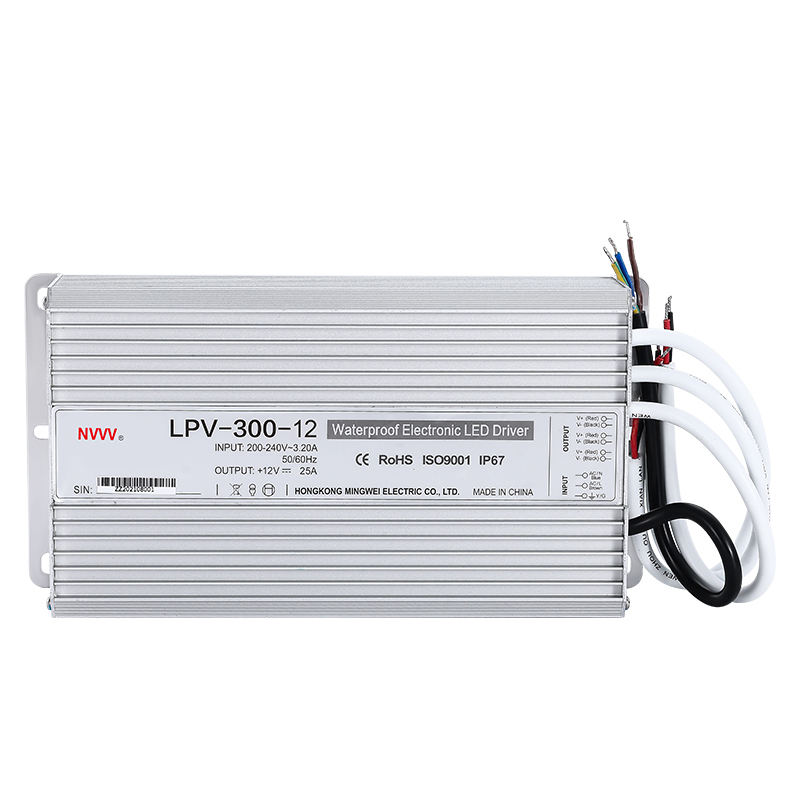How Does a Switching Power Supply Regulate Voltage?
This article will introduce how the switching power supply adjusts the voltage, including the working principle of the switching power supply, the voltage adjustment method, and the precautions when adjusting the voltage.
What is a switching power supply?
Switching power supply is one of the most commonly used power supplies in electronic equipment.
Switching power supplies differ from traditional power supplies in that they use switching circuits to control the flow of current.
What are the advantages of switching power supply?
(1) High efficiency output
(2) Energy saving
(3) Small size
(4)Light weight
(5)Long service life
What is a switching power supply used for?
Switching power supplies are widely used in various electronic equipment, including computers, mobile phones, tablets, cameras, audio equipment, etc.
What determines the output voltage of a switching power supply?
The output voltage of the switching power supply is adjusted according to the supply voltage and load size.
In most cases, the output voltage of a switching power supply usually needs to be adjusted to meet different types of load requirements.
How does a switching power supply work?
1. Convert DC to high frequency AC
A switching power supply intermittently converts direct current into high-frequency alternating current.
2. Transformer raises and lowers voltage
High-frequency transformers are used to increase or decrease the voltage of high-frequency alternating current.
3. Rectification and conversion into direct current
Through the rectifier circuit, the high-frequency alternating current processed by the transformer is converted into stable and pure direct current.
4. Microprocessor control circuit design
Switching power supplies generally use microprocessor control circuits when designing to achieve precise and efficient voltage and current regulation.
5. Monitor working parameters
When the power supply is working normally, the microprocessor will monitor the working voltage, current, power and other parameters of the power supply.
6. Automatically adjust output current and voltage
According to the parameter results monitored by the microprocessor, the output current and voltage are automatically adjusted to maintain a stable power supply.
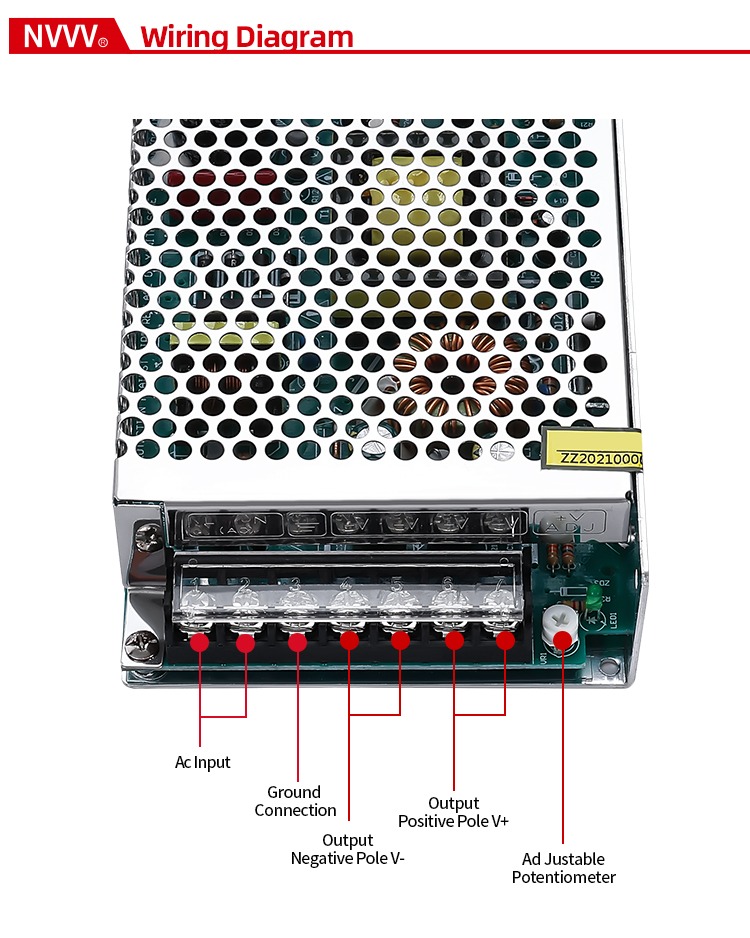
How is voltage regulated in switch mode power supply?
1. Converter design
The converter is one of the main components of the switching power supply and is used to convert input DC power into output AC power.
What is a converter used for?
Depending on the type and design of the converter, it can usually transform and regulate the voltage.
Among them, transformer design is one of the most commonly used voltage regulation methods for switching power supplies. Transformers increase or decrease the voltage by changing the ratio of the turns of the input and output coils of the power supply.
What are the advantages of transformers?
Transformers can also be used to solve magnetic coupling and voltage stability problems, improving the overall stability and reliability of the power supply.
2. Buck circuit
Buck circuits reduce the input voltage to the required level to meet the needs of low-voltage loads.
What is the difference between linear regulator and buck converter?
Common buck circuits include linear buck circuits and nonlinear buck circuits.
(1) Linear step-down circuit
The principle of a linear step-down circuit is to use passive components such as resistors and capacitors to reduce voltage
(2) Nonlinear buck circuits
Nonlinear buck circuits uses power semiconductor devices such as MOSFETs and IGBTs to achieve voltage reduction and power dissipation while improving the efficiency of the power supply. conversion efficiency and load capacity.
3. High voltage DC/DC module
High-voltage DC/DC modules are a common voltage regulation method in switching power supplies.
What is the purpose of a High voltage DC-DC converter?
High-voltage DC/DC modules can step up the input voltage to very high levels to simulate and test high-voltage loads.
High-voltage DC/DC modules are usually composed of electronic devices, transformers, capacitors and other components, which can increase or decrease the voltage.
While adapting to different load requirements, the high-voltage DC/DC module can also optimize the output voltage waveform and transient response.
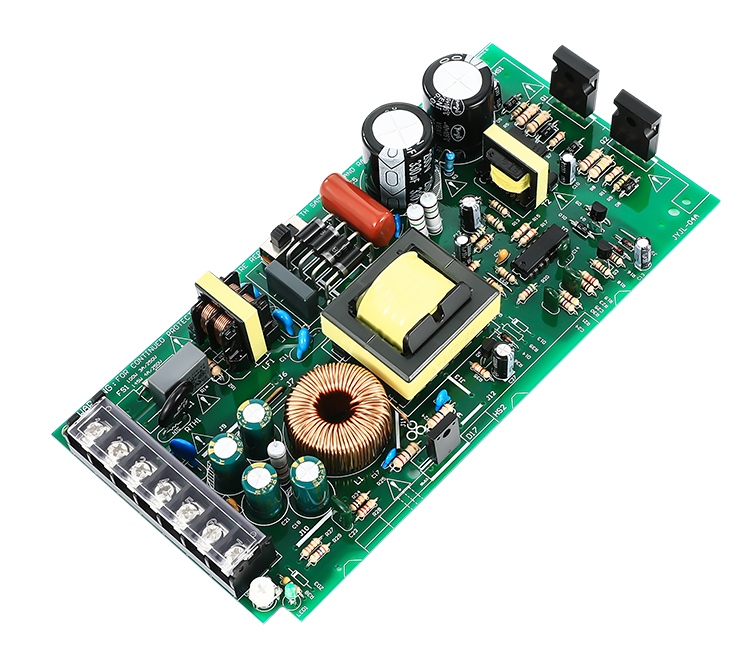
Things to note when adjusting voltage:
1. Temperature monitoring
The switching power supply generates heat when working, so the temperature needs to be monitored and controlled.
Excessively high temperatures will have a serious impact on the performance and life of the electronic components inside the power supply.
Therefore, when adjusting the voltage, it is necessary to carefully deal with the heat dissipation problem of the power supply and take effective heat dissipation measures.
2. Current limit
The current limit of a switching power supply is extremely important.
When a short circuit or fault occurs in the load, the current limiting function of the switching power supply can protect the electronic devices inside the power supply while maintaining the stability and reliability of the power supply.
3. Capacitor selection
Capacitors in switching power supplies play an important role in voltage regulation and proper operation. The quality and capacity of the capacitor will affect the voltage regulation of the power supply.
Therefore, when adjusting the voltage, you need to pay attention to selecting capacitors with good quality, strong stability, and appropriate capacity.
4. Formants
There are some resonance peaks in the switching power supply, which can be solved by adjusting the capacity of the output capacitor and the level of the output filter inductor.
When adjusting the voltage, care needs to be taken to ensure that the amplitude of the resonance peak does not exceed the safe range.
Summarize
When using a switching power supply, you need to pay attention to a series of issues such as temperature monitoring, capacitor selection, and current limitation to ensure the stability and reliability of the power supply.

